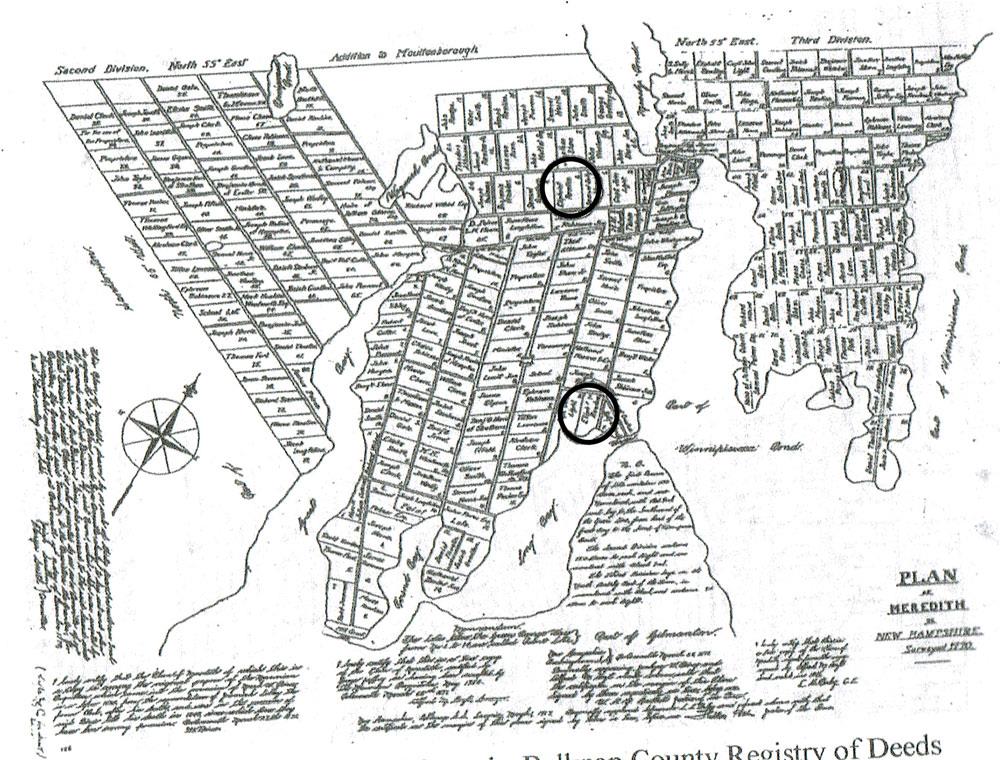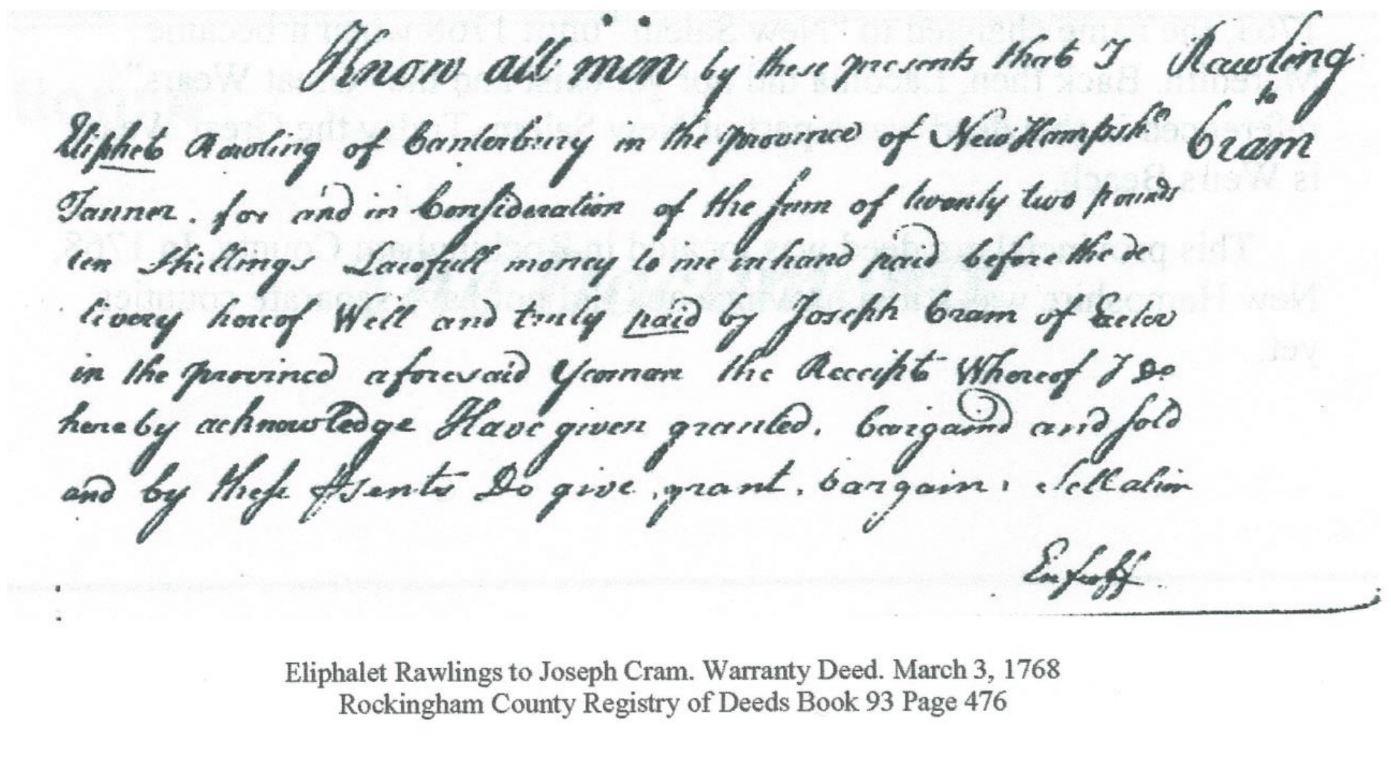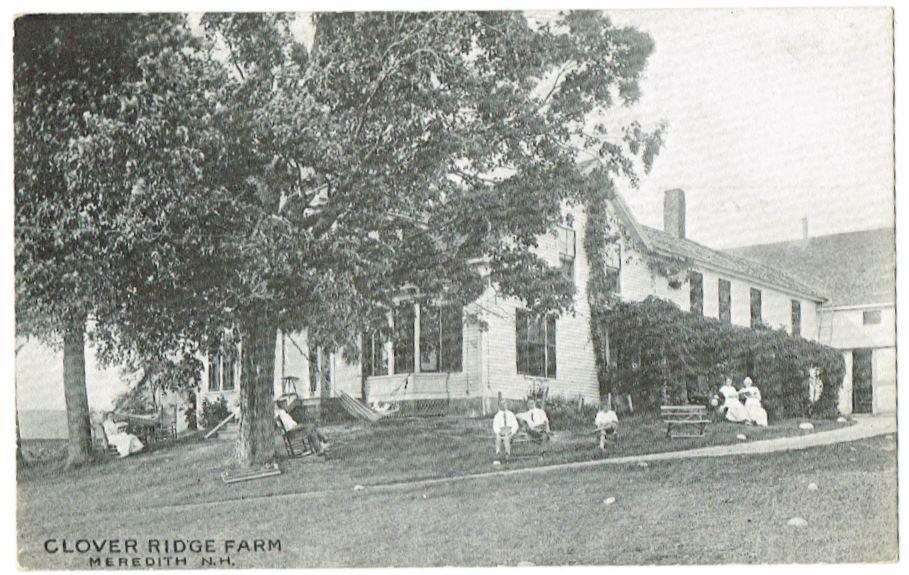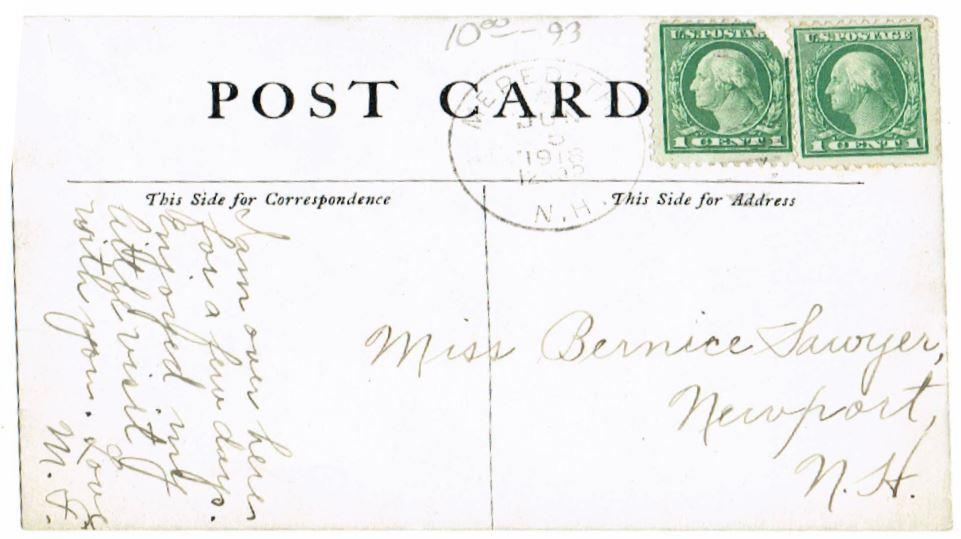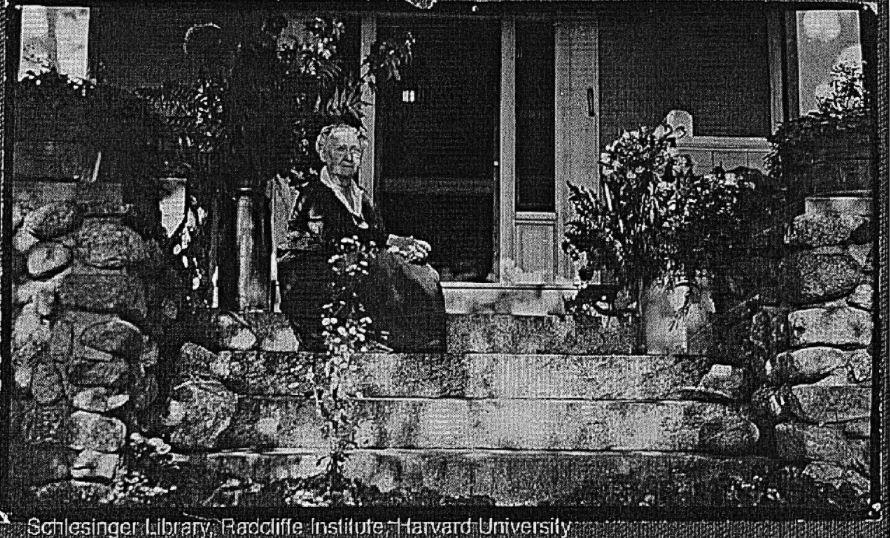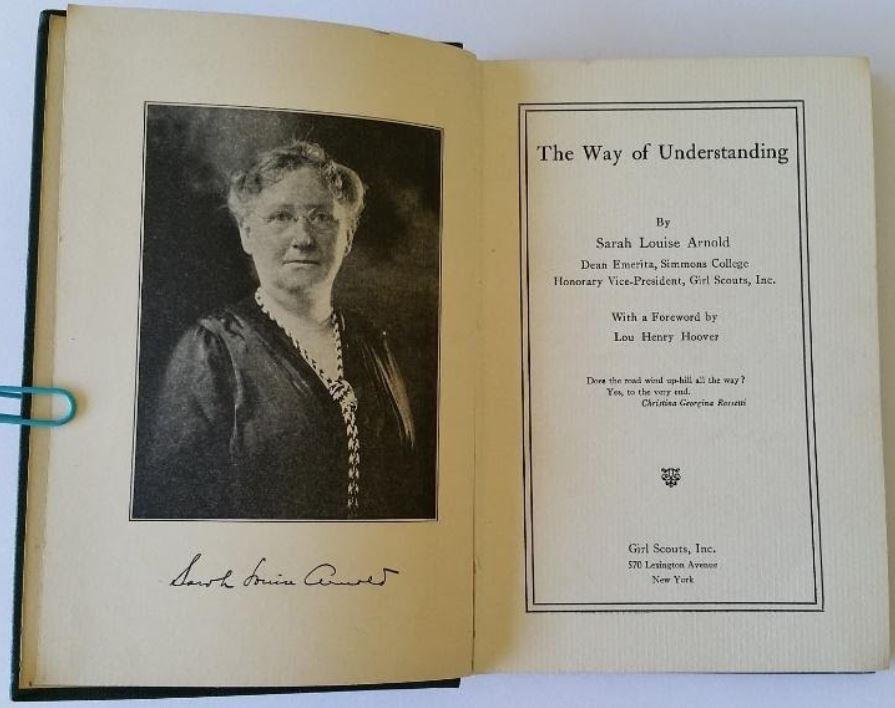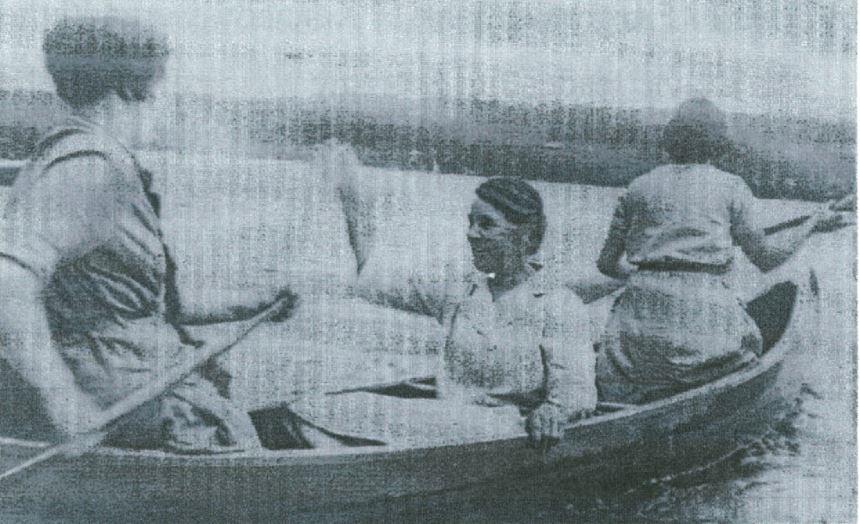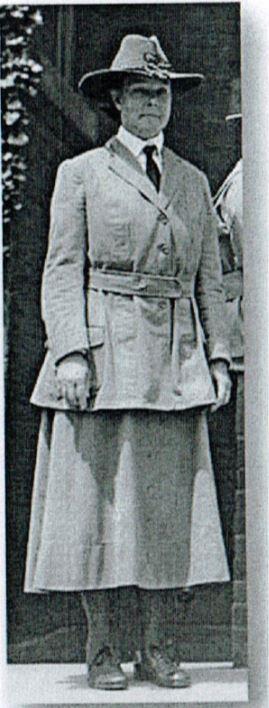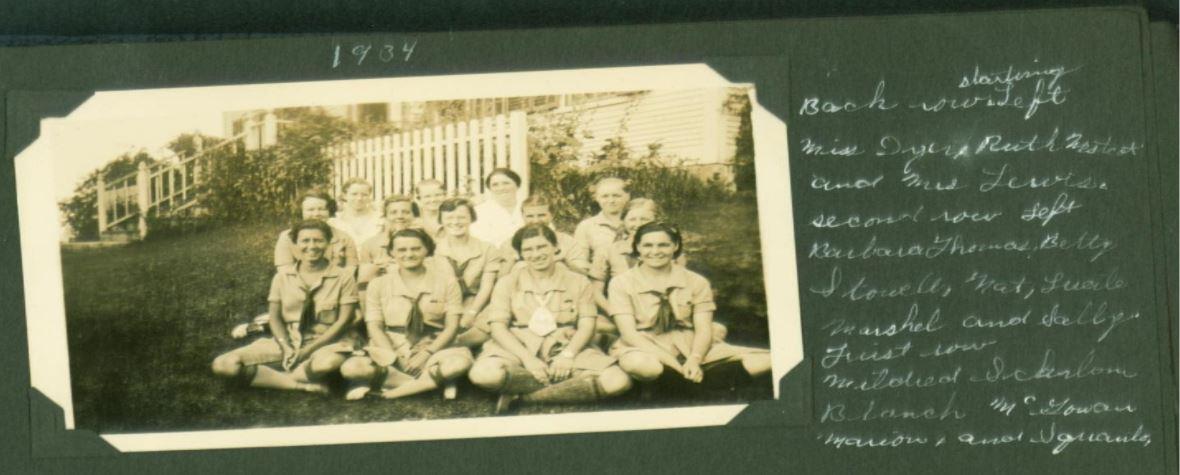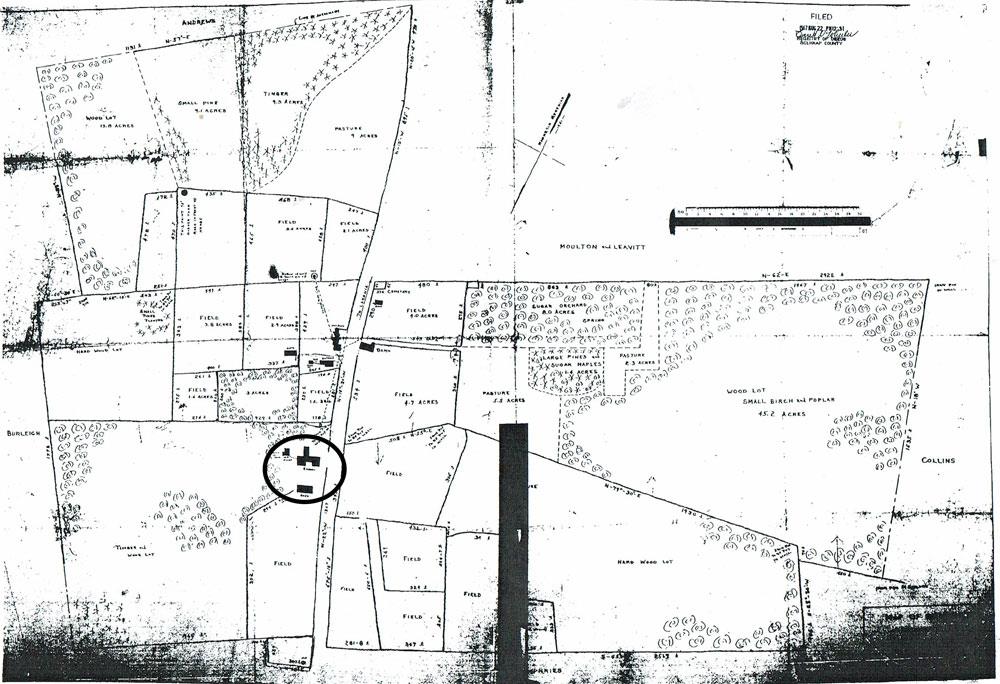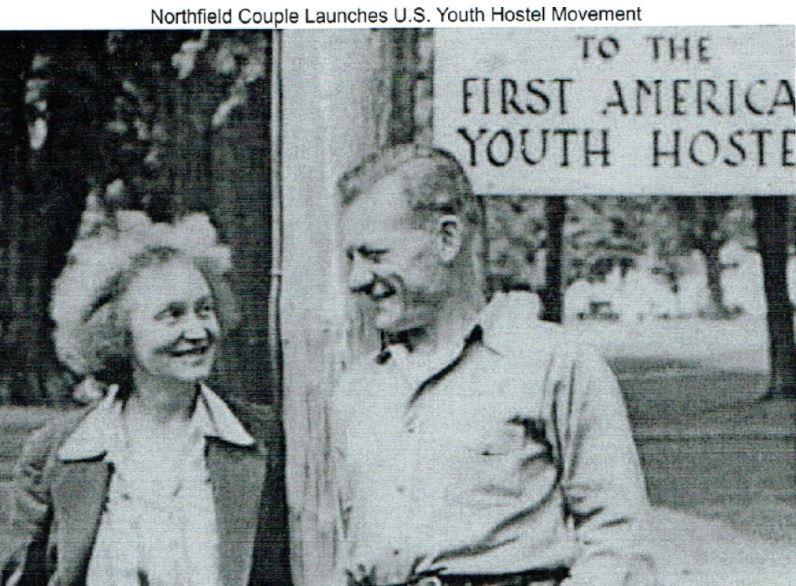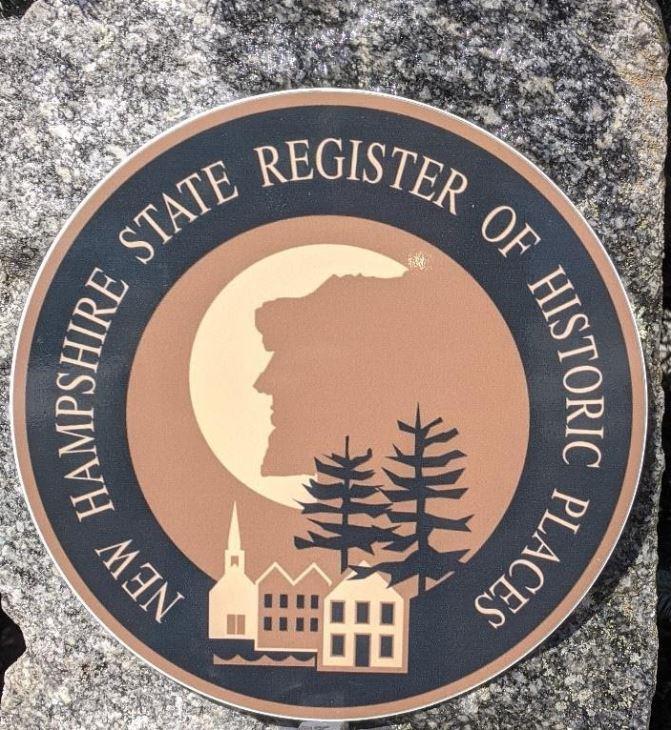The first American Youth Hostel was established in Northfield, MA, in December, 1934. Four years later, there were 209 AYH hostels around the nation. By this time, all German Youth Hostels had been commandeered by the Third Reich for training of Hitlerjungen. While they hoped to spread the popular European practice of providing inexpensive lodgings to young people and foster intercultural understanding and community, the Smiths encountered stiff resistance from those who feared that they were secretly associated with the Nazis.
Nevertheless, on October 20, 1937, The Meredith News reported that:
"A Youth Hostel Conference was held in the old farm house on October 15, 16, and 17, which reached a peak of interest on Saturday when a lunch in the long dining room was enjoyed, followed at two o'clock by a dedication program, for Clover Ridge Farm is now the property of the American Youth Hostels, Inc. the gift of Mrs. James J. Storrow of Boston."
In that same year, Eleanor and Franklin Roosevelt became honorary presidents of AYH, Inc., but AYH's connections to Nazi Germany caused controversy with the Roosevelts' involvement in AYH, and they withdrew in 1939. FBI and Naval Intelligence investigated AYH several times (the latest in 1952) but could only determine that "Hostelers seemed different from ordinary people" and suggested that they might be subject to Communist infiltration.
The Clover Ridge Farm was operated by the AYH as a youth hostel from 1937 until 1939. On August 25, 1939, the Portsmouth Herald reported that:
"Something new in the educational field is to be inaugurated here next month with the opening of an American Youth Hostel school, the first institution of its kind in the country and probably in the world............School headquarters will be maintained at one of Meredith's landmarks, located on the Pease road about three miles from Meredith Village."
In addition to providing academic subjects, programs in horsemanship and husbandry were the core of the educational curriculum. The school was still a working farm with livestock including "five cows, five young stock, five saddle horses, two work horses, 250 hens, and six hogs." Eggs, livestock, vegetables, flowers and herbs were also raised by the students and sold to the surrounding community. From the sap collected in the maple grove across Pease Road, students also made maple syrup in the sugar house behind the inn which has been renovated into a guest suite known as the "Sugar Shack."
Since the AYH movement was inspired by German Youth Hostels, foreign exchange students, particularly from Germany, were frequent visitors to the AYH youth hostel and the AYH College Preparatory School in the years leading up to the United States involvement in WWII. A former owner of the property discovered several swastikas carved into the furniture and floor of the main building. A large swastika carved in the oak floor to the left of the main fireplace of the Great Room remains despite efforts to remove it during refinishing of the floor. Furniture with swastikas carved in the side (witnessed by this author in 2013) have since been sold or given away.
In the late 1900's or early 2000's the owner of the now-named Nutmeg Inn reported that the house was visited by an elderly woman who had a pre-war diploma from the AYH school. When asked about the swastikas, the woman explained that German students were sent to the school by Hitler to learn English (presumably as preparation for invasion), and they had done the carving. The woman said that these students had been expelled, however no news accounts of the expulsion could be found in local papers.
In 1944 the AYH School Inc. transferred ownership of the farm to Monroe and Isabel Smith, national directors of the American Youth Hostel movement. It is not known whether the Smiths lived on site or used the property as a summer home as they always listed their residential address as Northfield, MA.
